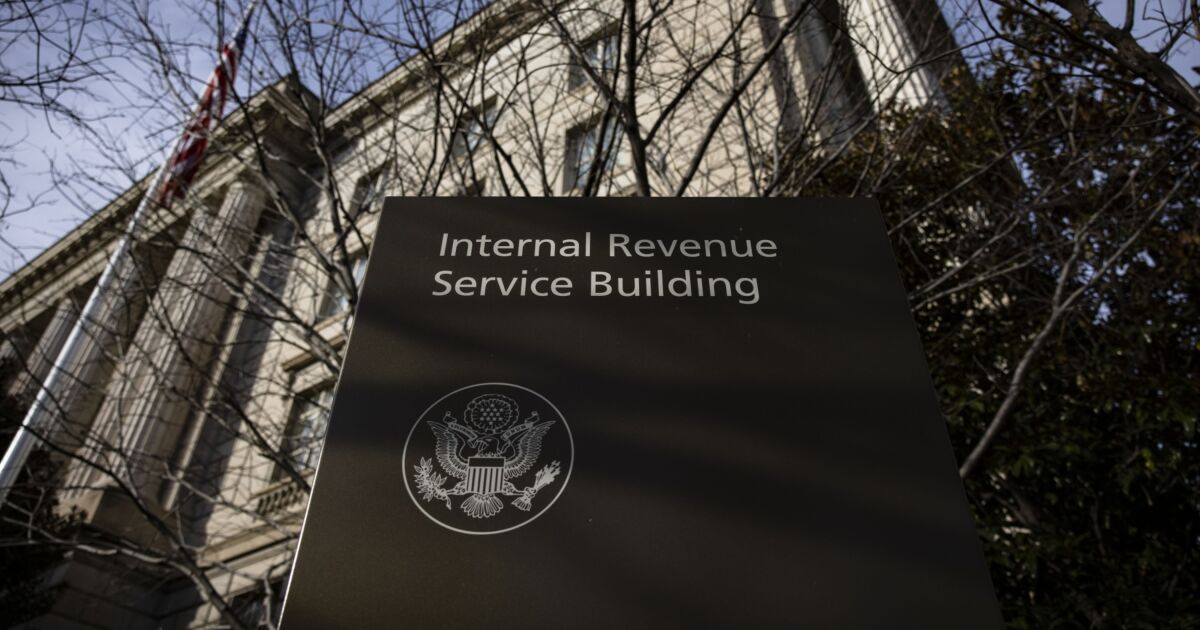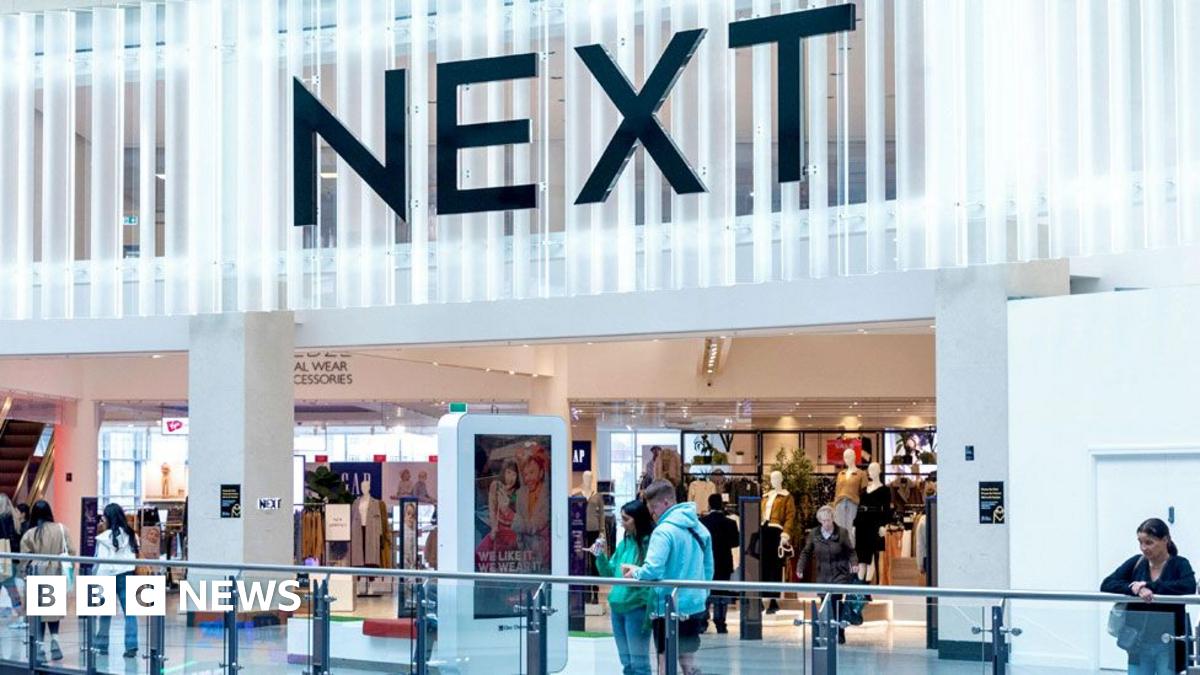Against the dramatic backdrop of the Teton mountain range, something many had considered all but impossible appeared to be in sight for the top central bankers who had travelled to Wyoming for the Jackson Hole symposium.
After experiencing the worst inflation shock in four decades, those in attendance at the Kansas City Federal Reserve’s annual conference this weekend were hopeful they were close to beating the odds and achieving a soft landing for the global economy.
Andrew Bailey, governor of the Bank of England, and his counterpart at the Fed, Jay Powell, hit back at fears that growth would need to be sacrificed to reach their inflation goals. As they begin to cut borrowing costs, both men signalled they were still on course to avoid a recession.
Economists in the audience echoed their optimism. “No one knows exactly what the next few months will bring, but data indicate that there will be continued low unemployment and continued strength,” Heather Boushey, a member of US President Joe Biden’s Council of Economic Advisers, told the Financial Times.
Two years ago, the prognosis was bleak.
Raising interest rates aggressively to stamp out the worst bout of inflation in advanced economies since the 1980s was expected to trigger a painful downturn that would cost millions their jobs.
At the time, policymakers warned it was the most challenging economic landscape they have had to navigate in recent memory.
But the past twelve months have been a game-changer.
Inflation fell sharply over the second half of 2023, moving well off of its 2022 peaks, and now appears on track to hit central banks’ prized 2 per cent targets. In some cases, such as the UK, it has already done so.
Throughout, labour markets have remained on solid footing.
Still, officials are aware of the challenges ahead — notably pacing their interest rate cuts right.
Markets have moved to reflect expectations of lower borrowing costs, helping to ease interest rates charged on mortgages and other financial products. But central banks still have to follow through.
A bout of market turmoil in early August, following lacklustre US jobs data and a surprisingly hawkish turn from the Bank of Japan, highlighted the undercurrent of angst about the economic outlook.
The early August equity sell-off was an “early taste” of a possible “risk-off event”, especially if the ongoing moderation in growth gave way to a more serious downtown, Pierre-Olivier Gourinchas, chief economist at the IMF, warned in an interview with the Financial Times. “We’re going to see some volatility, because the market has to adjust to a new phase in the disinflation cycle, which is the normalising of monetary policy.”
Gourinchas endorsed the pivot from central banks, saying it was the “right” move. “In principle, this easing could be good for global growth because it will help stabilise activity,” he said. He added that emerging market economies in particular would benefit from a weaker dollar — a likely consequence of lower US interest rates.
The European Central Bank, BoE and the Bank of Canada have all lowered interest rates this summer and are expected to reduce them further in the coming months.
The Fed is set to join them in September, as Powell signalled on Friday. That meeting comes just six weeks before the US presidential election, the outcome of which is looming large over the world’s biggest economy.
That it has taken so long for the Fed and other central banks to begin cutting speaks to the extent of the inflation problem that has dogged them for the past three years.
First viewed as a “transitory”, shortlived ordeal, inflation quickly morphed into an explosive and persistent problem for consumers around the world. The path back down to 2 per cent has been bumpy, made worse by wars in Ukraine and the Middle East. As recently as the start of the year, an unexpected resurgence in price pressures rattled US officials.
Central banks have long been fixated on the risk that lowering interest rates too soon would leave inflation stuck above target — or, worse, flaring up again as expectations of price rise after price rise became baked in.
They are still not quite ready to call time on the worst bout of price pressures for a generation.
Bailey on Friday reiterated he would take a cautious approach to cutting rates, reinforcing expectations that the BoE would hold in September before lowering borrowing costs again in November. On Saturday, ECB chief economist Philip Lane warned its inflation goal was “not yet secure”.
US officials support cutting rates gradually too. But they have also left the door ajar to more aggressive moves if necessary.
After raising borrowing costs too late to contain inflation, rate-setters acknowledge the stakes of moving too slowly in this next phase.
“I am concerned that we’re the tightest we’ve been this whole cycle,” Austan Goolsbee, president of the Chicago Fed, told the Financial Times, noting that inflation-adjusted interest rates have risen as price pressures have eased, even though nominal borrowing costs in the US have been the same for more than a year.
“You only want to be that tight for a reason — if you fear overheating — and this is not what overheating looks like,” Goolsbee said.
While Susan Collins, president of the Boston Fed, believed there was a “clear path” to reaching the 2 per cent inflation goal without an “unneeded slowdown”, she acknowledged that risks to the world’s largest economy could materialise.
“I am realistic about that,” Collins told the Financial Times. “Humility is not a bad thing for us to have.”
Credit: Source link





![How Much Does an Explainer Video Actually Cost? [New Data] How Much Does an Explainer Video Actually Cost? [New Data]](https://www.hubspot.com/hubfs/explainer-video-cost-1-20250113-3811736.webp)






